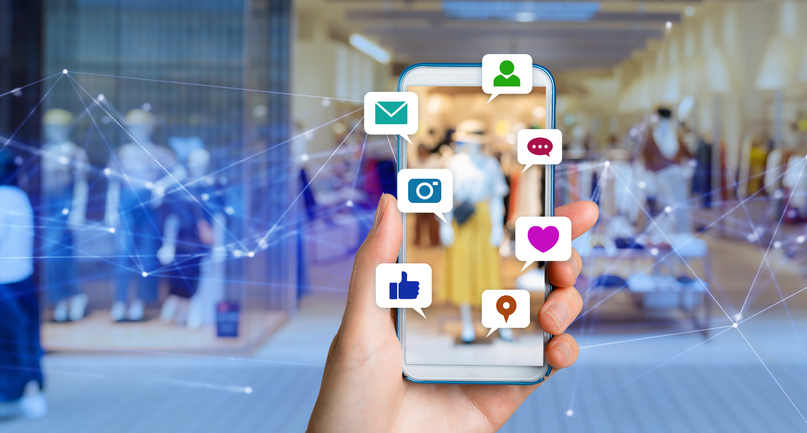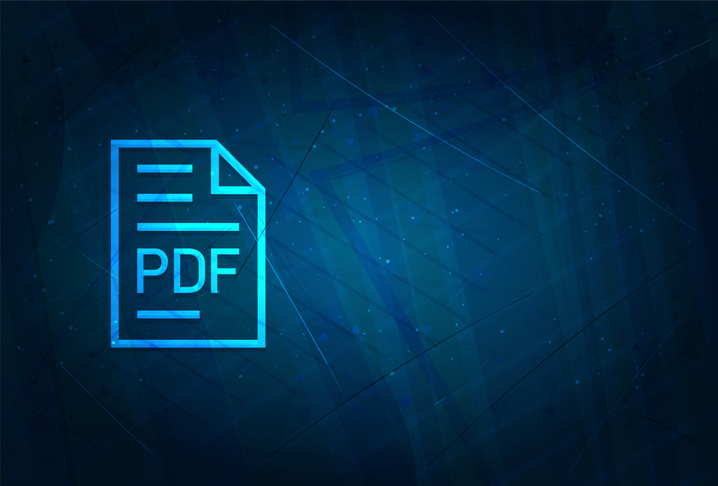Incredible Ways Technology Has Changed How We Do Business
How has technology transformed your industry? Explore 5 important ways technology has recently changed how we do business, delight customers and grow businesses

It doesn’t matter which industry we’re in. Technology is a must. It makes things faster, safer and better when used right. It can propel our businesses and leave competitors in the dust. But many businesses are simply unaware of what’s out there and just how accessible it is to any size business. Here are five incredible types of technology that are completely reshaping how we do business.
1. Big Data Revolutionizes Data-Driven Decisions
As business leaders, we’ve always made decisions based upon the available data. But more recent advancements in data collection and analysis have made it easier and more cost-effective to gather data and put it to work. We can make smarter decisions about the direction of our companies where we once had to rely solely on gut instinct.
We can enhance customer experiences to not only increase sales but to raise that net promoter score, building trust, loyalty and powerful word-of-mouth.
2. We Reach Customers in More-Effective Ways
87% of purchases now begin online. This doesn’t mean they buy online, just that they found the product or service online.
Digital marketing technology is a business technology that has transformed how we connect with customers. We can now more precisely target audiences to enhance the relevance of our ads to specific customer bases.
Thanks to the pay-per-click model, we don’t pay for advertising that doesn’t work. And thanks to optimization tools we continually improve strategies to find what does work.
Digital marketing allows us to reach customers where they find new products and services through:
- Search engines
- Social Media
- Review Websites
- Influencers
3. Virtual Reality Gives Employees Real-World Training
From healthcare to aviation to manufacturing, virtual reality (VR) and augmented reality (AR) are helping schools and businesses train employees in very lifelike situations. Employers can help employees become more comfortable in likely scenarios by allowing them to experience it in an artificial environment first. They can learn how candidates may perform at their jobs before sending that job offer to get the best people into important roles.
4. Enhanced Business Continuity Tools Reduce Down-time
From more effective ways to keep business and customer data safe to data backup to re-routing of important functions to remote locations, advancements in technology are making it easier for businesses to both avoid disasters (physical and virtual) and keep moving when disaster strikes.
Developing a strategy, deploying tools effectively and putting a plan into action, of course, take know-how, but those involved in business continuity planning now have a wider range of tools for the business continuity tool belt.
5. Better Technology for Less Cost
It’s not news to anyone that technology gets cheaper the longer it’s in use. And by now many amazing technologies have been around long enough that they’re getting very affordable, even for small business. Yet, many businesses still aren’t taking advantage of them because they don’t know what’s out there.
That’s why it’s important to work with technology experts who can introduce you to technology you’ll find useful to cut costs, enhance productivity, delight customers and more. To learn more about how technology is disrupting every industry, follow our blog.










